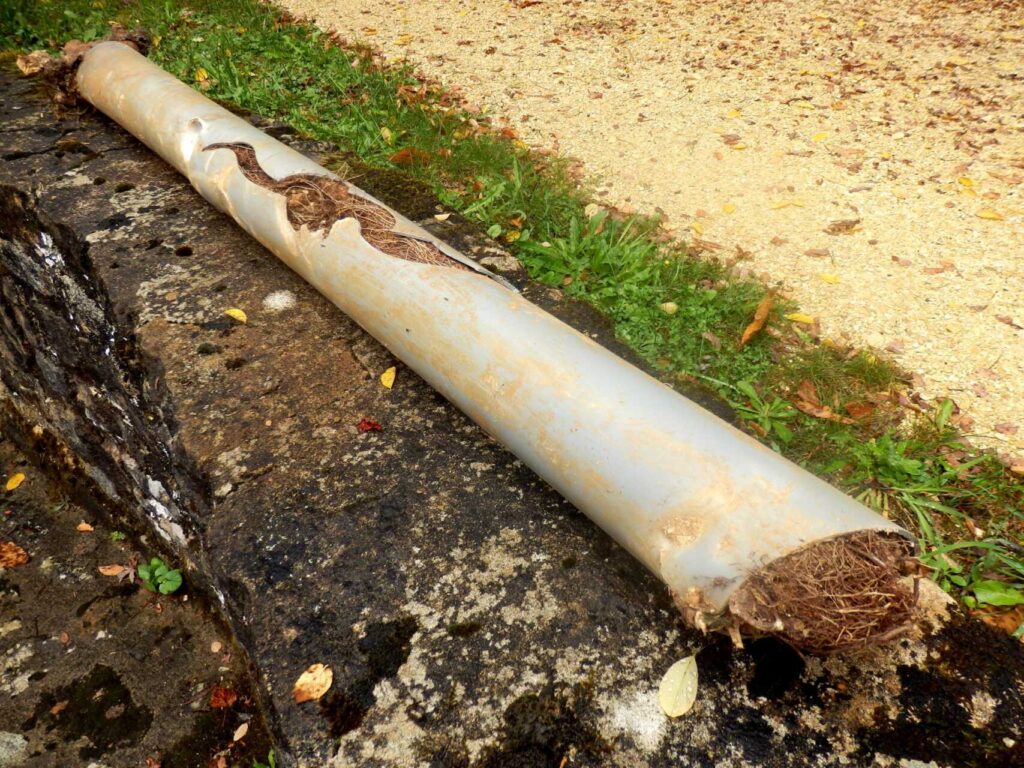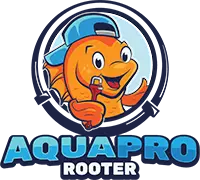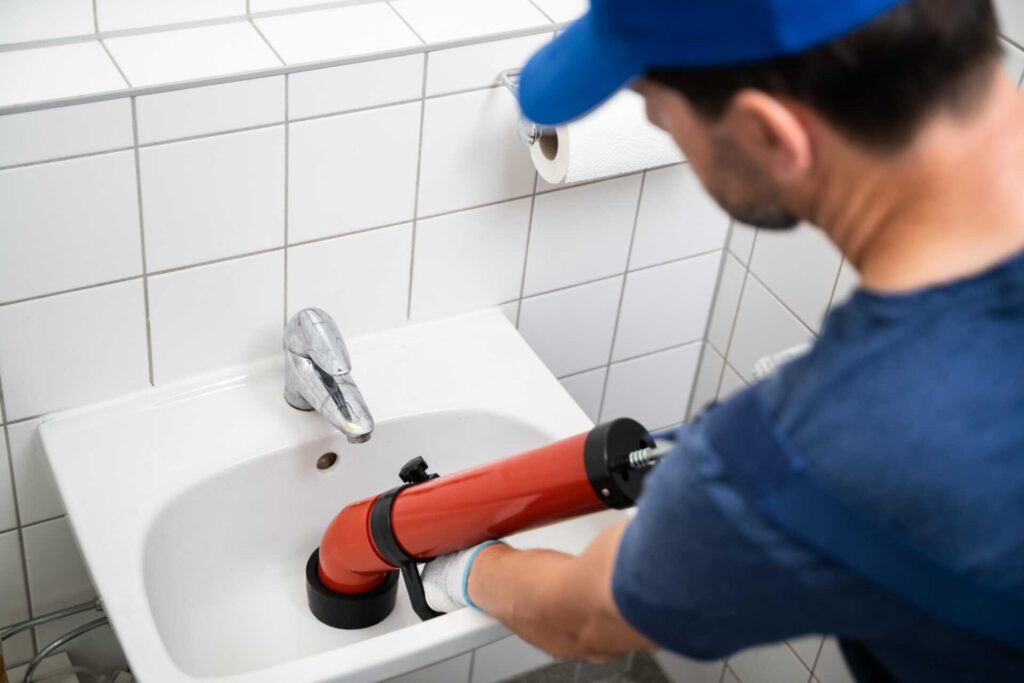
Contents
The method of repairing sewer lines has evolved markedly over the years, thanks to advancements in technology. Techniques like hydro jetting and trenchless repairs are becoming the go-to options for professionals, but the benefits don’t stop there. Understanding how these methods work can save you time, money, and hassle in the long run. So, if you want to know how these innovations can transform your plumbing experience and what other techniques are available, it’s worth exploring the details further.
Key Takeaways
- Hydro jetting utilizes high-pressure water streams to effectively clear clogs and clean entire pipes, enhancing long-term sewer maintenance.
- Trenchless repair methods minimize landscape disruption and reduce labor costs by using small access points for effective pipe repairs.
- Pipe relining techniques create seamless, corrosion-resistant pipes within existing lines, offering a cost-efficient solution with minimal excavation.
- Video inspection technology provides real-time, non-invasive assessments of sewer line conditions, allowing precise identification of issues without damaging property.
- Professional services ensure comprehensive assessments and utilize advanced techniques, leading to long-term solutions and reduced future risks.
Hydro Jetting Advantages
Hydro jetting offers several distinct advantages for sewer line repair that can greatly enhance the effectiveness of maintenance efforts. This method utilizes high-pressure water streams to clear out stubborn clogs and debris from your sewer lines. Unlike traditional methods, hydro jetting removes the immediate blockage and cleans the entire pipe, ensuring that any buildup of grease, scale, or tree roots is eliminated.
The precision and power of hydro jetting systems allow for thorough clog removal without damaging the existing plumbing infrastructure. This is particularly important for maintaining the integrity of older pipes, which can be vulnerable to physical stress. You’ll appreciate how this technique minimizes the need for frequent maintenance, providing long-term solutions that save you time and money.
Furthermore, hydro jetting is environmentally friendly. It relies solely on water to achieve results, avoiding harsh chemicals that could harm your plumbing or the environment. By choosing hydro jetting, you’re not just addressing the immediate problem; you’re opting for a sustainable approach that promotes the longevity of your sewer system.
Trenchless Repair Methods
When it comes to modern sewer line repair, trenchless methods have emerged as a highly effective alternative to traditional techniques. This innovative approach utilizes trenchless technology, which minimizes disruption to your landscape while ensuring a durable solution. Instead of excavating large trenches, professionals can complete repairs through small access points. This reduces labor costs and preserves your yard, driveways, and landscaping.
One of the key advantages of trenchless methods is their adaptability to various soil conditions. Whether you’re dealing with clay, sandy, or rocky soil, technicians can assess the ground to determine the best approach. By using techniques such as pipe bursting or slip lining, they can effectively replace or rehabilitate damaged pipes without extensive digging. This versatility makes trenchless repair suitable for a wide range of residential and commercial applications.
Moreover, trenchless technology often results in faster repairs, allowing you to return to normalcy with minimal downtime. The efficiency of these methods translates to less water disruption, which is especially critical in urban environments where many rely on a shared sewer system.
Video Inspection Technology
How can you ensure a thorough assessment of your sewer line’s condition? The answer lies in video inspection technology. This innovative method utilizes high-definition cameras that navigate through your sewer system, providing real-time visual feedback. By sending a camera down the line, you receive an extensive view of the internal structure, allowing you to identify issues like blockages, cracks, and corrosion with remarkable accuracy.
The inspection benefits of this technology are significant. First and foremost, it eliminates the guesswork often associated with traditional inspection methods. You can see precisely what’s going on inside your pipes, which leads to more informed decision-making regarding repairs or replacements. This clarity saves time and reduces costs, as you avoid unnecessary digging and disruption.
Moreover, video inspection technology is non-invasive, meaning you can maintain your landscaping and property integrity while still addressing potential problems. It’s an efficient way to assess the condition of your sewer line without the hassle of traditional methods.
In addition, this technique provides a permanent record of your sewer line’s condition. You can keep this footage for future reference, which is invaluable for ongoing maintenance and planning. Understanding your sewer system’s health fosters a sense of belonging within your community, as you’re contributing to the overall infrastructure’s reliability. Embracing video inspection technology is a smart choice, ensuring you protect your home and enhance your community’s well-being.
Rooter Services Explained
Following a thorough assessment of your sewer line with video inspection technology, you may discover issues like tree root intrusions that require immediate attention. This is where rooter services come into play. Utilizing advanced rooter technology, these services effectively clear blockages and restore your sewer system’s functionality.
Rooter services involve several essential steps:
High-Pressure Water Jetting: This technique employs powerful jets of water to dislodge and eliminate stubborn root masses, ensuring that your lines are clear and functional.
Mechanical Root Removal: Specialized tools are used to cut through and remove tree roots that have infiltrated your pipes, preventing further damage and blockage.
Regular Maintenance: Scheduling periodic rooter service can help you stay ahead of potential issues, ensuring your sewer line remains in prime condition.
Pipe Relining Techniques
When considering sewer line repairs, pipe relining offers notable advantages, including reduced disruption and enhanced durability. You’ll find the process involves several key steps, each designed to restore the integrity of existing pipes without excavation. Understanding these benefits and the detailed procedure can help you make an informed decision for your plumbing needs.
Benefits of Pipe Relining
While traditional sewer line repairs often involve invasive excavation, pipe relining offers a modern solution that minimizes disruption and enhances durability. This innovative technique preserves your landscape and provides cost-efficiency and long-lasting solutions.
Here are three key benefits of pipe relining:
Reduced Disruption: Since there’s no need for extensive digging, you can maintain your property’s aesthetics while restoring your sewer lines effectively.
Enhanced Durability: The materials used in pipe relining form a seamless, corrosion-resistant pipe within your existing line, considerably extending its lifespan and reducing future repairs.
Cost Efficiency: By avoiding the high costs associated with excavation and restoration, pipe relining presents a financially savvy choice for homeowners.
In adopting pipe relining, you’re not just opting for a repair method; you’re embracing a sustainable, efficient approach that aligns with your desire for reliability. Trust in pipe relining to revitalize your sewer system while ensuring minimal interference in your daily life. This approach fosters a sense of belonging to a community that values modern, smart solutions to everyday problems.
Process Overview and Steps
To effectively utilize pipe relining techniques, you should first understand the systematic process involved in restoring your sewer lines. Start with diagnostic methods to identify the specific issues affecting your pipes. These methods may involve video inspections, which provide a clear view of blockages or cracks.
Once you’ve pinpointed the problem, it’s time to prepare the pipe. This involves cleaning the interior to eliminate debris, roots, or buildup that could hinder the relining process. High-pressure water jets or mechanical cleaning tools are common repair techniques used here.
Next, you’ll insert a flexible liner coated in resin into the damaged pipe, using air or water pressure to expand it against the original pipe walls. After the liner is in place, it’s cured, typically using hot water or UV light, which hardens the resin and forms a new pipe within the old one.
Finally, conduct a final inspection to verify the repair is successful, and that the sewer line is functioning at peak performance. By following these steps, you can achieve a durable and efficient repair, enhancing the longevity of your sewer system.
Chemical Drain Cleaning
When considering chemical drain cleaning, it is crucial to understand the various types of chemical cleaners available. Each cleaner has specific applications and effectiveness levels, so you need to choose wisely based on your issue. Additionally, you must prioritize safety precautions to protect yourself and your plumbing system during the cleaning process.
Types of Chemical Cleaners
Chemical cleaners play an essential role in maintaining the functionality of sewer lines by effectively breaking down and removing clogs. When choosing the right type, consider both their chemical effectiveness and environmental impact. Here are three common types of chemical cleaners:
Enzymatic Cleaners: These cleaners use natural enzymes to break down organic material. They’re often safer for the environment and your plumbing, making them a popular choice for regular maintenance.
Caustic Cleaners: Typically containing sodium hydroxide, these cleaners are potent against tough clogs like grease and hair. While effective, they can be harsh on older pipes and may pose environmental concerns.
Acidic Cleaners: These cleaners, which often contain sulfuric acid, can dissolve mineral buildup and severe clogs. However, their aggressive nature can lead to potential damage to your sewer lines and have significant environmental impacts.
Safety Precautions Required
Using chemical cleaners can effectively tackle stubborn clogs, but safety precautions are vital to prevent accidents and injuries. Before you start, make sure you wear appropriate personal protective equipment (PPE), including gloves, goggles, and masks. These safeguards protect against harmful fumes and splashes from the chemicals used.
Implementing site safety measures is important during this process. Always work in a well-ventilated area to minimize inhalation risks. Keep pets and children away from the work area to prevent accidental exposure.
Here’s a quick overview of recommended safety precautions:
| Safety Precautions | Description | Importance |
|---|---|---|
| Personal Protective Equipment | Wear gloves, goggles, and masks | Protects from chemical exposure |
| Ventilation | Make sure proper airflow in the area | Reduces inhalation of harmful fumes |
| Secure Work Area | Keep area clear of pets and children | Prevents accidental exposure |
| Chemical Storage | Store chemicals in a secure, labeled area | Minimizes risk of spills |
| Emergency Procedures | Have a plan for chemical spills or exposure | Ensures quick response to accidents |
Traditional Excavation Approaches
Traditional excavation approaches for sewer line repair involve digging up the ground to access the damaged pipe directly. While effective, these methods come with various excavation challenges that can complicate the repair process. For instance, you’ll need to assess soil stability, as unstable soil can lead to further complications during excavation.
Here are three essential factors to take into account when opting for traditional excavation:
Site Assessment: Before digging, thoroughly evaluate the site for potential hazards, including nearby structures and existing utilities. This assessment helps ensure the safety of all involved and reduces the risk of damaging surrounding infrastructure.
Excavation Depth: Understand that the depth of the sewer line affects how much soil you’ll need to excavate. Deeper pipes require more extensive digging, which can increase labor time and costs, as well as introduce additional stability concerns.
Backfill and Restoration: After the repair, you’ll need to backfill the excavation site. Properly compacting the soil is vital to maintain soil stability and prevent future settling, which could lead to further issues down the line.
Preventative Maintenance Tips
After addressing the challenges associated with traditional excavation methods, it’s important to focus on preventative maintenance to minimize the risk of future sewer line issues. By implementing a proactive approach, you can extend the life of your sewer system and avoid costly repairs down the line.
Start by scheduling inspections at least once a year. During these inspections, professionals can identify potential problems such as tree root intrusion, cracks, or corrosion. Early detection is essential; it allows you to address issues before they escalate into significant repairs.
Regular maintenance is equally important. Make sure you’re cleaning your sewer lines periodically, using methods like hydro jetting, which effectively removes buildup and blockages. This process clears obstructions and allows you to assess the condition of your pipes.
Additionally, be mindful of what you flush down your toilets and pour down your drains. Avoid flushing non-biodegradable items or excessive grease, as these can lead to clogs and deterioration.
Consider investing in a sewer line protection plan. Many companies offer warranties or insurance for sewer line repairs, providing peace of mind and financial security.
Lastly, stay informed about your sewer system’s condition. Utilize technology, like smart sensors, that monitor your lines and alert you to potential issues. By taking these preventative measures, you’ll foster a sense of belonging within your community, ensuring that you and your neighbors enjoy a reliable sewer system for years.
Summary
Hydro jetting can clear clogs more effectively than traditional methods, thus saving you time and money in the long run. By employing advanced methods like trenchless repairs and pipe relining, you can minimize disruption and enhance your plumbing system’s longevity. Regular video inspections and preventative maintenance can further prevent costly repairs, ensuring your sewer line operates efficiently.



